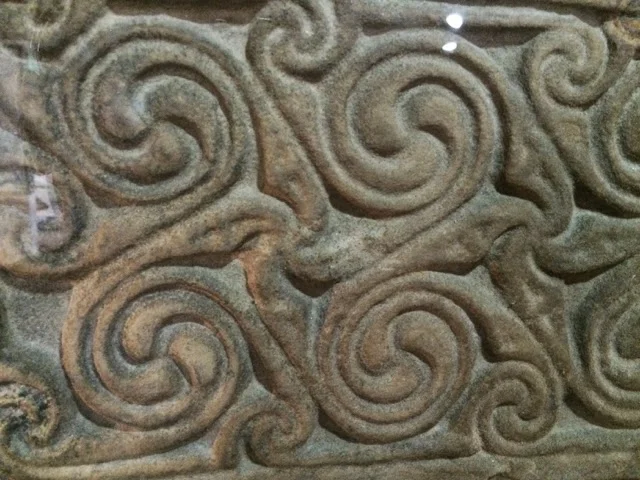After decades of assessing the attributes of inanimate objects in a direct and uncompromising way, I find myself in terrain where taking that path of least resistance only leads down a slippery slope to nowhere special. From a distance, the long way around appears to be inefficient and wasteful, but once the trip begins, the side tracks and stops along the way become the definition of the journey. The people met, the conversations had, the agreements made, are memorialized in the installation that’s left behind. They become the substance, if not the point, of the project. The public work now belongs to those who meander by, and will, I hope, become their memory touchstone.
Read MoreLike other environmental art works I’ve done, Rock Springs is in, of and for its home place. The 32’x44’x5’ sculpture invites exploration. The interwoven coils of dry stone walls rise and fall underfoot as they’re traversed. Broad top stones elevate viewers above deep fissures separating the walls. Hand trimmed and set sandstone blocks comprise the double-faced walls, with architectural remnants repurposed for top stones.
Read MoreThe Pictish symbol for time depicts intertwined spirals, spooling outward in every direction from a centerpoint. They saw their movement through time as a dance with the past, in the present, with a nod to the future. For them, where each step is experienced looks and feels different from every other, but all are part of the same expanding destiny.
Read MoreUnlike the rugged upland landscape typically associated with the Highlands, the Tarbat is a low-lying peninsula of rolling ground that was, until recently by geologic time, a sandy sea bed. The rich dark soil supports extensive sheep pasturing, plus, oilseed rape, potato and barley production. Fields are outlined in dry stone walls (dry stane dykes) constructed from sandstone blocks lifted from the ancient bedrock found just under the soil in many parts of the Tarbat.
Read MoreWhile visiting Scotland earlier this month I received a crash course in Pictish stone carving. The Picts lived north of what is now Edinburgh from the 1st to 3rd century AD. Little is known about them other than what can be deciphered from the system of symbols found carved on stones and engraved on metalwork. Nearly 200 stones survive, including the Hilton of Cadboll Stone that now resides in the National Museum of Scotland. After viewing the original Cadboll stone I met sculptor Barry Grove who was commissioned to carve a new stone, sited at the Cadboll Stone’s place of origin outside the royal burgh of Tain, just north of Inverness.
Read More



